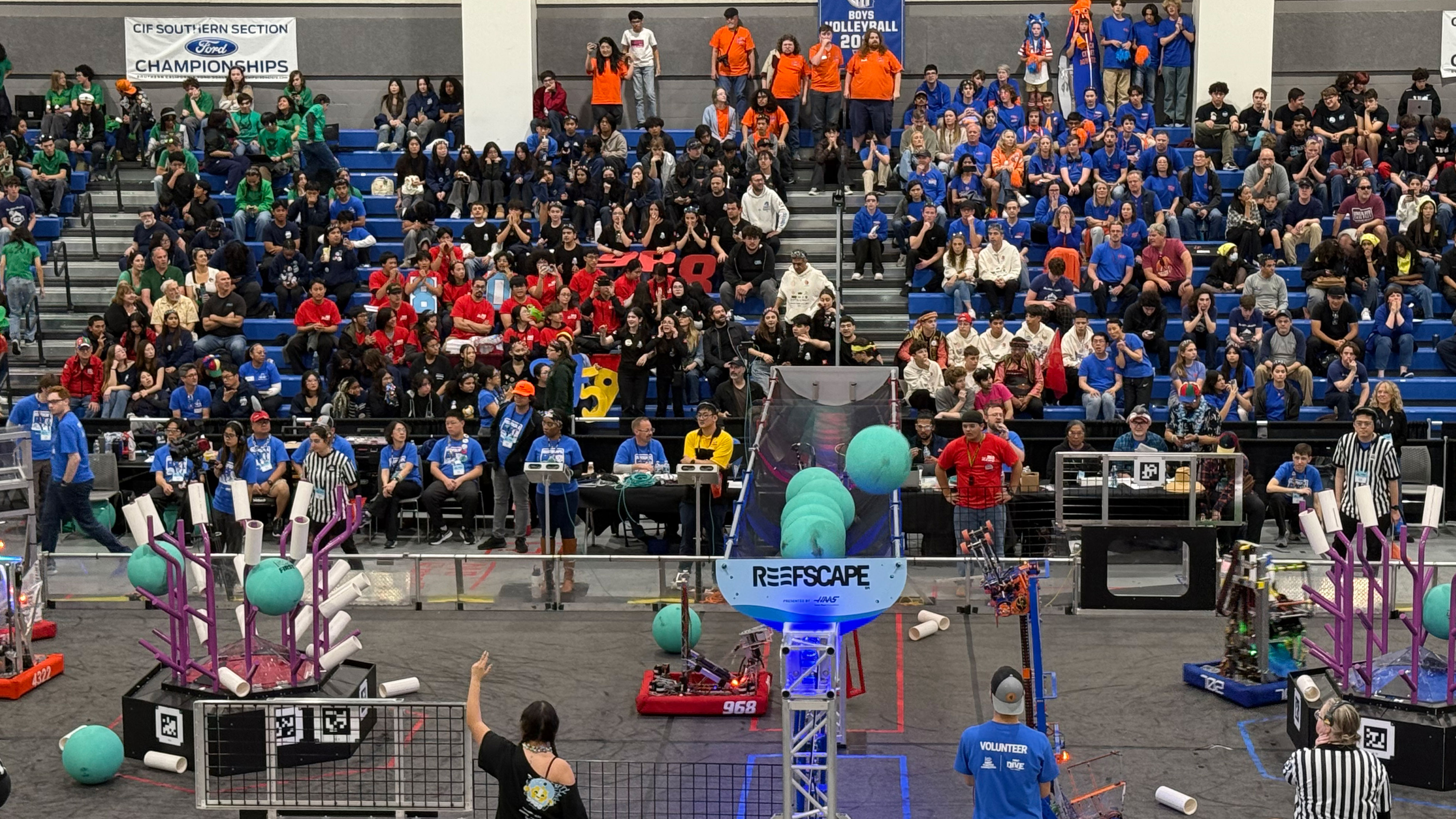Successful Rocket Lab launch completes deployment of full Kinéis Constellation in less than a year – SatNews
Original Publication Date: 2025-03-17 00:00

Rocket Lab launches five satellites for French Internet-of-Things (IoT) constellation operator Kinéis. Rocket Lab founder and CEO Sir Peter Beck said: “That’s five missions out of five for Kinéis delivered flawlessly by Electron.”
Firefly Aerospace completes 14 days of surface operations on the Moon – SatNews
Original Publication Date: 2025-03-17 00:00

All 10 NASA Commercial Lunar Payload Services (CLPS) instruments successfully operated on the lunar surface and collected their science data during Blue Ghost Mission 1. This achievement marks the longest commercial operations on the Moon to date. Throughout the mission, Blue Ghost transmitted more than 119 GB of data back to Earth, including 51 GB of science and technology data.
Alba Orbital launches 5 satellites via SpaceX— now a total of 53 launched satellites for the firm – SatNews
Original Publication Date: 2025-03-17 00:00

Alba Orbital integrated five PocketQube satellites from three different countries for their flight on-board SpaceX’s Transporter-13 Rideshare mission. The satellites were integrated into Alba Orbital’s PocketQube Deployer, AlbaPod, at their new facilities in Hillington Industrial Estate, Glasgow. After integration, the cluster of satellites were shipped out to SpaceX and then hitched their ride to LEO.
SES’ + Lynk Global’s D2D services strategic partnership announced – SatNews
Original Publication Date: 2025-03-18 00:00

SES and Lynk Global have announced a strategic partnership. SES will provide Series B funding for Lynk Global’s D2D constellation. SES will also become a strategic channel partner for Lynk Global. SES and Lynk will collaborate in the development of Lynk’s network architecture.
SpaceX to complete full circle delivering NASA’s astronauts and returning two after a prolonged ordeal – SatNews
Original Publication Date: 2025-03-17 00:00

SpaceX and NASA are targeting Tuesday, March 18 at 1:05 a.m. ET for Dragon to autonomously undock from the International Space Station. A live webcast of undocking will begin about 15 minutes prior to Dragon departing the International Space Station, and will resume one hour before splashdown. You can watch on X @SpaceX. You can also watch the webcast on the new X TV app.
Everaxis™ acquires 2G Engineering expanding possibilities from outer space to the deepest seas – SatNews
Original Publication Date: 2025-03-17 00:00

Everaxis, a global player in high-precision rotating solutions, announced the acquisition of 2G Engineering. The acquisition complements Everaxis’ strong organic growth with acquisitive growth. The alliance will create opportunities for growth in both sub-sea and actuation solutions.
Forrester’s Digest: Rocket Lab announces $500m stock offering – SatNews
Original Publication Date: 2025-03-17 00:00

Rocket Lab has already confirmed an offer to buy German-based laser connectivity specialist Mynaric for $75 million. Rocket Lab has four launches planned over the next few weeks. The first is for today (March 14th), another on March 17th, and two others later this year.
NASA’s EZIE Launches on Mission to Study Earth’s Electrojets

The EZIE mission will help scientists understand Earth’s electrojets and space weather. Instead of using propulsion to control their polar orbit, the spacecraft will use drag to individually tune their spacing. EZIE will help us understand how these currents form and evolve, at scales we’ve never probed.
Students Dive Into Robotics at Competition Supported by NASA JPL

High school students spent weeks designing, assembling, and testing 125-pound rolling robots. Four of the 43 participating teams earned a chance to compete in April at the FIRST international championship tournament in Houston. The event is one of many supported by the nonprofit FIRST (For Inspiration and Recognition of Science and Technology)
NASA Turns Off 2 Voyager Science Instruments to Extend Mission

Voyager 1 and Voyager 2 remain the most distant human-made objects ever built. Voyager 1 reached the edge of the heliosphere and the beginning of interstellar space in 2012; Voyager 2 reached the boundary in 2018. No other human-made spacecraft has operated in interstellar space.
